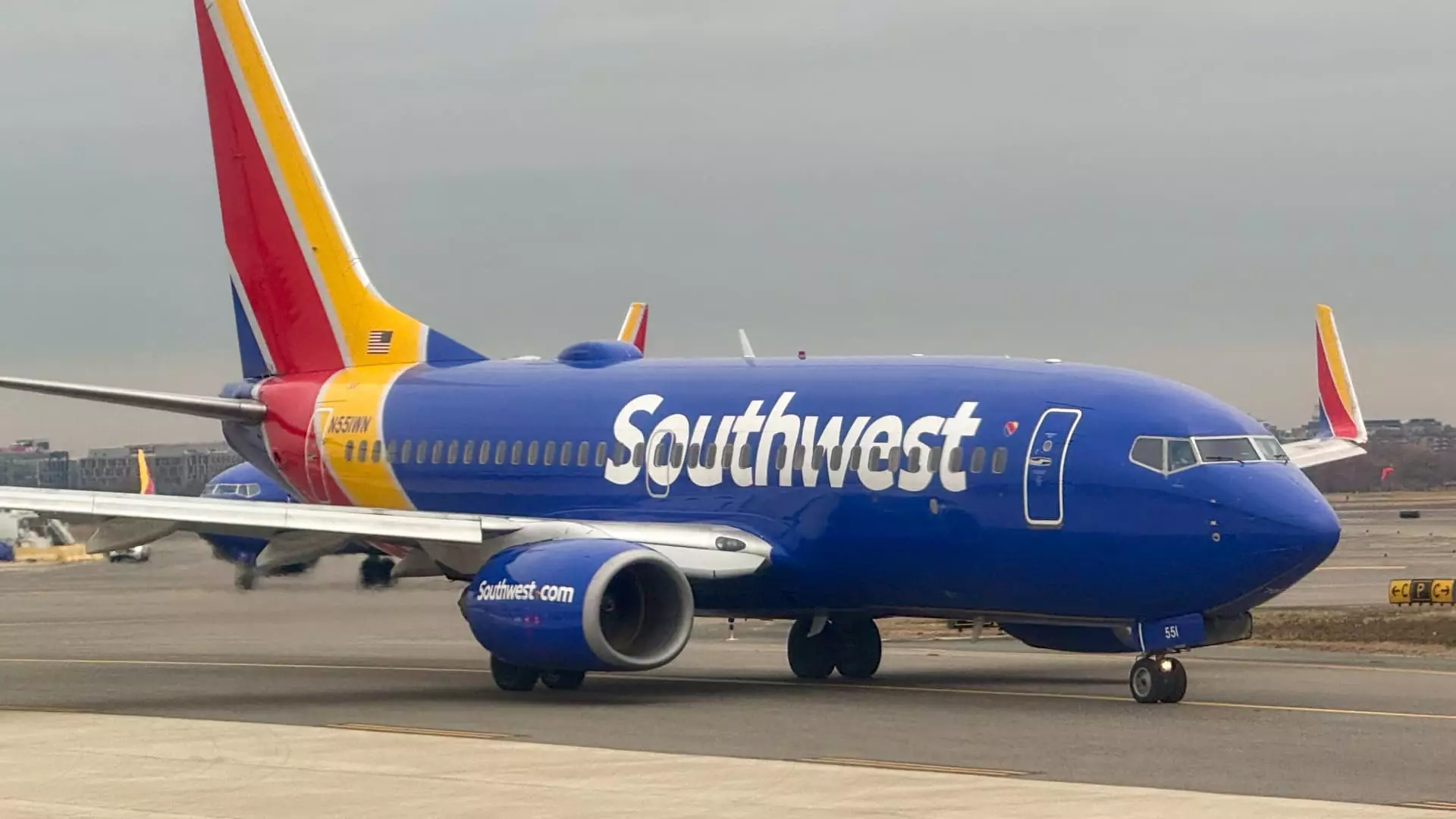In an unexpected move, Southwest Airlines announced on Monday its plan to lay off approximately 15% of its corporate workforce, translating to around 1,750 positions. This decision, described as “unprecedented” by CEO Bob Jordan, signifies a pivotal shift for the airline amid ongoing financial pressures. The layoffs are anticipated to yield around $210 million in savings over the course of this year and a projected $300 million in 2026. The urgency for these cuts stems from the company’s necessity to adapt to market realities and enhance operational efficiency as it navigates a complex aviation landscape.
The decision to reduce the workforce follows a recent settlement with Elliott Investment Management, an activist investor that has been exerting influence over Southwest’s management. Following their acquisition of five seats on the airline’s board, there have been expectations for significant leadership changes, although a push to replace Jordan fell short. These layoffs, combined with previous cost-saving measures such as a hiring freeze and cancellation of the internship program, reflect the board’s desire to return the airline to its operational roots while maintaining competitive pricing.
The implications of the layoffs extend beyond mere numbers; they signal a transformation in the corporate culture at Southwest Airlines, which has long been known for its employee-centric initiatives. Notably, the annual team-building “rallies,” a practice rooted in the airline’s history dating back to 1985, have been halted. This shift could alienate employees who valued these traditions, raising concerns about morale and company culture in the long run.
The timing of the layoffs coincides with other efforts aimed at revitalizing Southwest’s operational strategy. The company has initiated the discontinuation of unprofitable routes and is experimenting with new customer service paradigms, including a shift from its long-standing open seating model to assigned seating. These strategic changes are designed to align the airline’s offerings more closely with customer preferences and operational demands, responding to a rapidly evolving aviation industry.
In a memo outlining the layoffs, CEO Bob Jordan emphasized the need for a “leaner, faster, and more agile organization.” He acknowledged that the current phase represents a critical juncture for the airline. “We must ensure we fund the right work, reduce duplicative efforts, and have a lean organizational structure that drives clarity, pace, and urgency,” Jordan stated. This focus on agility suggests a shift towards more streamlined operations which could enhance Southwest’s ability to respond to challenges swiftly.
As Southwest Airlines embarks on this consequential journey of transformation, the impact of these layoffs will likely reverberate throughout the organization. While their intent to enhance efficiency and financial stability may be clear, the method by which this is implemented will be crucial in defining the future of the airline. The coming months will be crucial for assessing the effectiveness of these strategies, as the company seeks to restore its competitive edge in an industry that demands constant innovation and flexibility.

